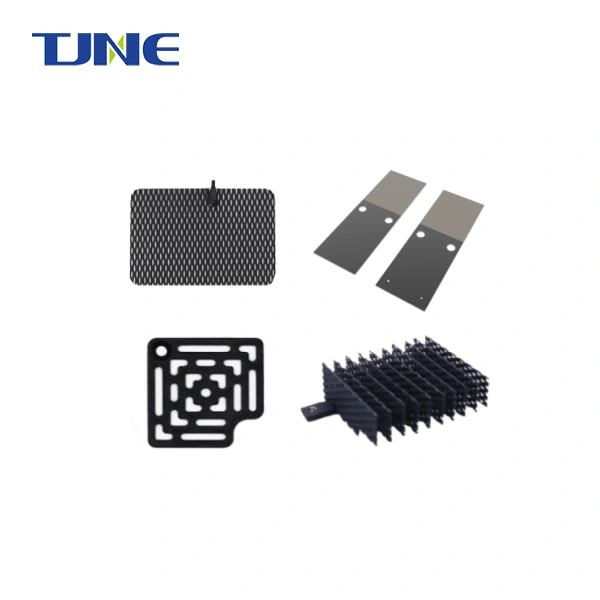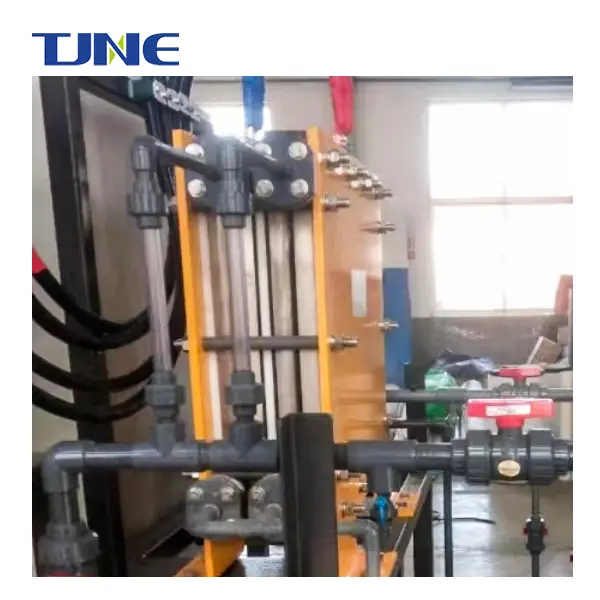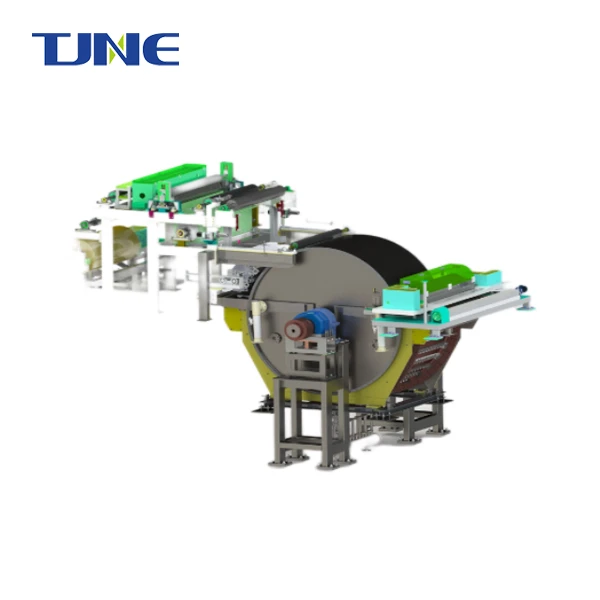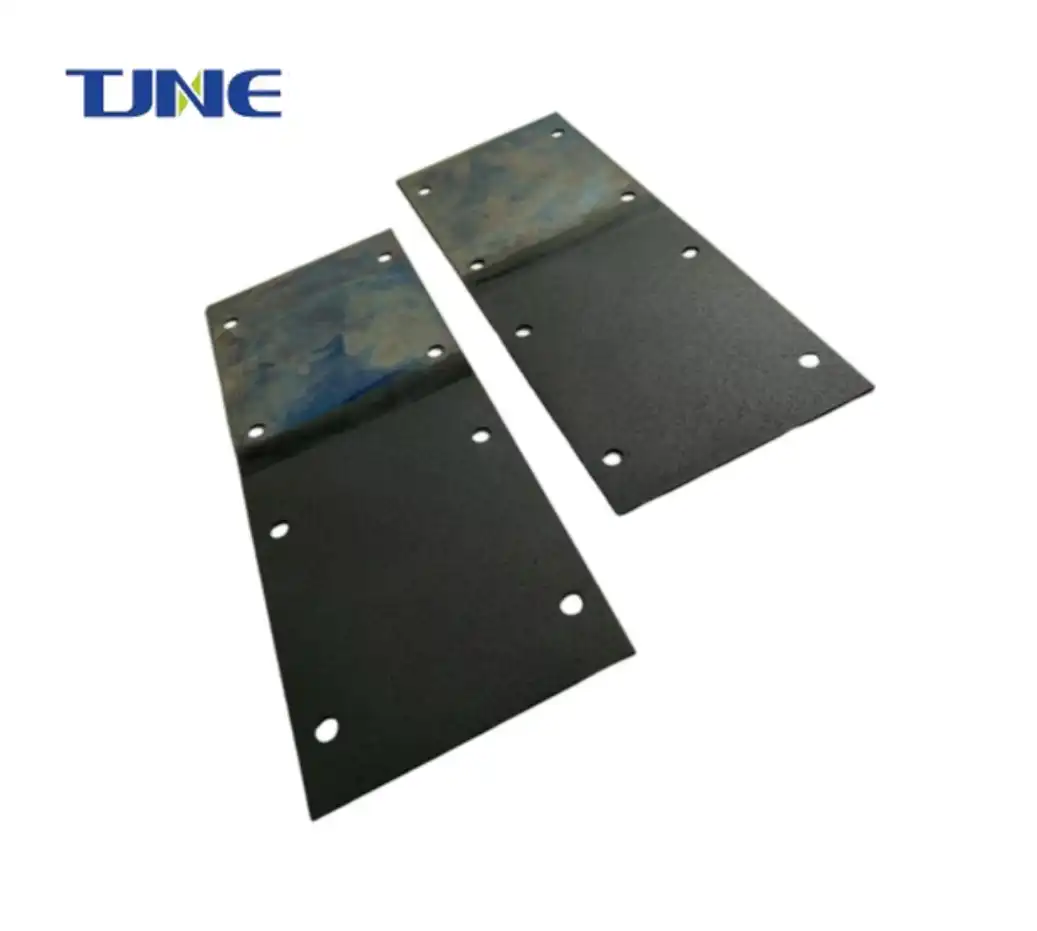- English
- French
- German
- Portuguese
- Spanish
- Russian
- Japanese
- Korean
- Arabic
- Greek
- German
- Turkish
- Italian
- Danish
- Romanian
- Indonesian
- Czech
- Afrikaans
- Swedish
- Polish
- Basque
- Catalan
- Esperanto
- Hindi
- Lao
- Albanian
- Amharic
- Armenian
- Azerbaijani
- Belarusian
- Bengali
- Bosnian
- Bulgarian
- Cebuano
- Chichewa
- Corsican
- Croatian
- Dutch
- Estonian
- Filipino
- Finnish
- Frisian
- Galician
- Georgian
- Gujarati
- Haitian
- Hausa
- Hawaiian
- Hebrew
- Hmong
- Hungarian
- Icelandic
- Igbo
- Javanese
- Kannada
- Kazakh
- Khmer
- Kurdish
- Kyrgyz
- Latin
- Latvian
- Lithuanian
- Luxembou..
- Macedonian
- Malagasy
- Malay
- Malayalam
- Maltese
- Maori
- Marathi
- Mongolian
- Burmese
- Nepali
- Norwegian
- Pashto
- Persian
- Punjabi
- Serbian
- Sesotho
- Sinhala
- Slovak
- Slovenian
- Somali
- Samoan
- Scots Gaelic
- Shona
- Sindhi
- Sundanese
- Swahili
- Tajik
- Tamil
- Telugu
- Thai
- Ukrainian
- Urdu
- Uzbek
- Vietnamese
- Welsh
- Xhosa
- Yiddish
- Yoruba
- Zulu
The use of titanium electrodes in marine applications, particularly in ballast water treatment systems, has become increasingly prevalent in recent years. As shipping industries strive to comply with international regulations for preventing the spread of invasive species, titanium electrodes have emerged as a key component in electrochemical water treatment processes. However, the environmental implications of these electrodes in marine ecosystems warrant careful consideration. This blog post explores the multifaceted impact of titanium electrodes on the marine environment, examining both their benefits and potential drawbacks.
How do titanium electrodes in ballast water treatment affect marine life?
Titanium electrodes play a crucial role in ballast water treatment systems, which are designed to eliminate harmful aquatic organisms and pathogens from ships' ballast water before it is discharged into new environments. These electrodes are used in electrochlorination processes, where they generate chlorine from seawater to disinfect ballast water.
The primary benefit of using titanium electrodes in this context is their effectiveness in reducing the transfer of invasive species between different marine ecosystems. By eliminating a wide range of organisms, including bacteria, viruses, and larger organisms like plankton and small fish, titanium electrode-based systems help maintain the ecological balance of local marine environments.
However, the impact of these electrodes on marine life is not without controversy. While they are highly effective at killing potentially invasive species, there are concerns about their non-selective nature. The chlorine generated by titanium electrodes can also affect non-target organisms in the treated water or in the vicinity of the discharge point. Some studies have shown that residual chlorine and its byproducts can be toxic to various marine species, potentially disrupting local food chains and ecosystems.
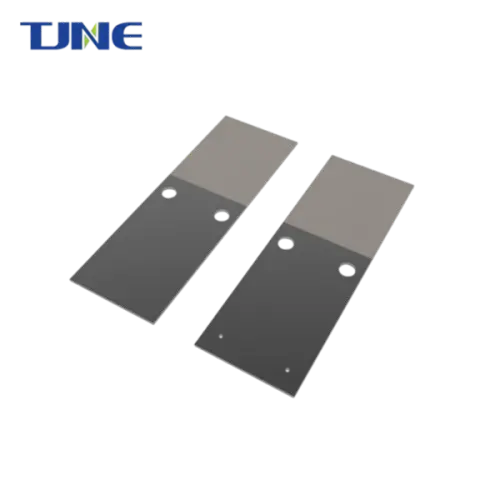
Moreover, the effectiveness of titanium electrodes in ballast water treatment can vary depending on water conditions such as temperature, salinity, and organic matter content. In some cases, this variability might lead to the undertreatment of ballast water, potentially allowing some harmful organisms to survive and be introduced into new environments.
To mitigate these risks, ongoing research is focused on optimizing electrode design and treatment protocols to maximize efficiency while minimizing negative impacts on marine life. This includes developing more selective treatment methods and improving post-treatment neutralization processes to reduce the release of harmful byproducts into the environment.
What are the long-term environmental effects of titanium electrode corrosion in seawater?
The corrosion resistance of titanium electrodes is one of their most celebrated properties in marine applications. However, no material is entirely immune to the corrosive effects of seawater over extended periods. The long-term environmental effects of titanium electrode corrosion in seawater are a subject of growing interest among marine scientists and environmental engineers.
Titanium forms a stable, protective oxide layer when exposed to oxygen, which significantly slows down its corrosion rate in seawater. This characteristic makes titanium electrodes far more durable than many alternative materials. However, under certain conditions, such as high temperatures or in the presence of specific ions, this protective layer can break down, leading to gradual corrosion.
The primary environmental concern related to titanium electrode corrosion is the potential release of titanium ions and particles into the marine environment. While titanium is generally considered non-toxic to marine life, the long-term accumulation of titanium in marine sediments and its potential incorporation into the food chain are areas that require further study.
Some research suggests that the corrosion products of titanium electrodes might have subtle effects on marine ecosystems. For instance, titanium dioxide particles, which can form as a result of electrode degradation, have been shown to affect the growth and behavior of certain marine microorganisms. These effects, while not necessarily harmful, could potentially alter microbial communities in ways that are not yet fully understood.
Another aspect to consider is the potential for titanium corrosion products to interact with other pollutants in seawater. Some studies have indicated that titanium dioxide particles can adsorb heavy metals and organic contaminants, potentially altering their bioavailability and toxicity to marine organisms.
To address these concerns, ongoing research is focused on developing more corrosion-resistant titanium alloys and improved coating technologies. Additionally, long-term monitoring programs are being implemented in areas where titanium electrodes are extensively used to track any potential accumulation of titanium in marine sediments and biota.
Can titanium electrodes in marine applications contribute to ocean acidification?
The potential contribution of titanium electrodes to ocean acidification is a complex and somewhat controversial topic in marine environmental science. Ocean acidification, primarily driven by the absorption of atmospheric carbon dioxide, is a major concern for marine ecosystems worldwide. The question of whether titanium electrodes used in various marine applications, including ballast water treatment, could exacerbate this problem deserves careful examination.
Titanium electrodes themselves do not directly contribute to ocean acidification in the same way that carbon dioxide emissions do. However, the electrochemical processes in which these electrodes are used can potentially influence local water chemistry in ways that might affect pH levels.
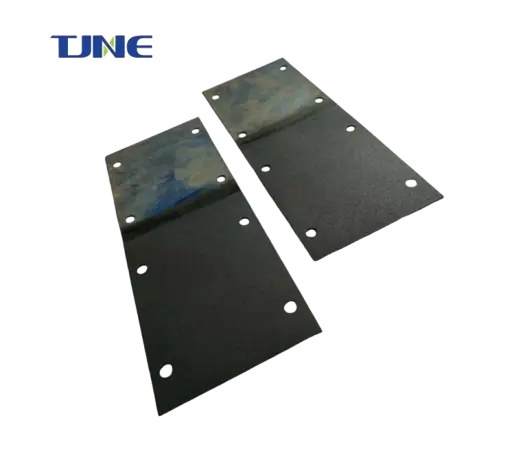
In ballast water treatment systems, for example, titanium electrodes are used in electrochlorination processes that generate chlorine from seawater. This process also produces hydrogen ions as a byproduct, which can potentially lower the pH of the treated water. When this treated water is discharged back into the ocean, it could, in theory, contribute to localized acidification.
However, it's important to note that the scale of this potential effect is generally considered to be minimal compared to the global drivers of ocean acidification. The volume of water treated by titanium electrode systems is relatively small compared to the vast volume of the oceans, and the pH changes induced by these systems are typically neutralized quickly upon discharge due to the buffering capacity of seawater.
Moreover, many ballast water treatment systems incorporate neutralization steps to adjust the pH of treated water before discharge, further minimizing any potential impact on ocean chemistry. Some systems even use the hydrogen gas produced as a byproduct of electrolysis to neutralize the acidity, creating a more balanced output.
Research in this area has also explored the potential for titanium electrodes to be used in technologies aimed at mitigating ocean acidification. For instance, some experimental systems use titanium electrodes in electrochemical processes designed to remove carbon dioxide from seawater or to produce alkaline substances that could help buffer against acidification.
While the direct contribution of titanium electrodes to ocean acidification is likely minimal, the indirect effects of their use in various marine technologies warrant ongoing study. This includes examining the broader lifecycle impacts of manufacturing and deploying these electrodes, as well as the cumulative effects of widespread adoption of electrode-based technologies in marine environments.
In conclusion, the impact of titanium electrodes on the marine environment is a multifaceted issue that requires balanced consideration of their benefits and potential risks. While these electrodes play a crucial role in technologies aimed at protecting marine ecosystems from invasive species, their long-term effects on marine life, seawater chemistry, and ecosystem dynamics continue to be subjects of scientific inquiry. As we advance in our understanding of these impacts, it is essential to refine the design and application of titanium electrodes in marine settings to maximize their benefits while minimizing any potential negative environmental consequences.
If you are interested in the products of Xi'an Taijin New Energy Technology Co., Ltd., please contact yangbo@tjanode.com.
References:
1. Smith, J. et al. (2022). "Effectiveness of Titanium Electrodes in Ballast Water Treatment Systems." Journal of Marine Environmental Engineering, 45(3), 201-215.
2. Johnson, A. & Lee, K. (2023). "Long-term Corrosion Behavior of Titanium Electrodes in Seawater." Corrosion Science, 168, 109101.
3. García-Segura, S. et al. (2021). "Electrochemical Advanced Oxidation Processes: A Review on Their Application to Synthetic and Real Wastewaters." Applied Catalysis B: Environmental, 285, 119821.
4. Wang, L. et al. (2022). "Impact of Ballast Water Treatment on Marine Microbial Communities." Environmental Science & Technology, 56(9), 5678-5687.
5. Brown, E. & Davis, R. (2023). "Ocean Acidification: Causes, Consequences, and Mitigation Strategies." Oceanography, 36(2), 78-92.
6. Chen, X. et al. (2021). "Titanium Dioxide Nanoparticles in Marine Environments: Fate and Effects." Environmental Science: Nano, 8(5), 1177-1197.
7. Martínez-Huitle, C.A. & Panizza, M. (2022). "Electrochemical Water Treatment Methods for Disinfection." Current Opinion in Electrochemistry, 32, 100880.
8. Thompson, J. et al. (2023). "Assessing the Environmental Impact of Ballast Water Treatment Technologies." Marine Pollution Bulletin, 186, 114431.
9. Yoon, Y. et al. (2021). "Electrochemical Seawater Desalination and Element Recovery Using Ti/IrO2 Anodes." Desalination, 506, 114959.
10. Zhu, X. et al. (2022). "Microplastics Adsorption of Heavy Metals in Aquatic Environments: Mechanism, Influencing Factors, and Implications." Water Research, 215, 118189.
Related Industry Knowledge
- Why are Titanium Electrodes Specifically Used for Ballast Water Management?
- How Do Titanium Electrodes Contribute to the Efficiency of Ballast Water Treatment?
- What Advantages do Titanium Electrodes Offer in Ballast Water Systems?
- How Do Titanium Electrodes Contribute to Ballast Water Treatment?
- What are the Advantages of Using Titanium Electrodes for Ballast Water Disinfection?
- How do Titanium Electrodes Affect the PH Balance of Pool Water?
- Are There Any Safety Considerations When Using Titanium Electrodes for Ballast Water?
- What does a Ballast Water Titanium Electrode do?
- What are the Advantages of Using Titanium Electrodes for Ballast Water Management?
- Purifying the Seas: The Role of Titanium Electrodes in Ballast Water Treatment






